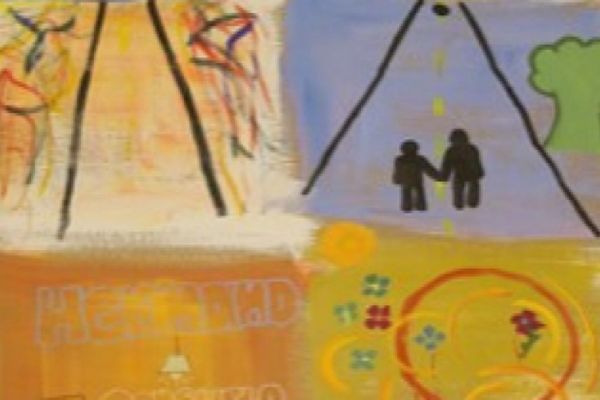For a long time, children and adolescents have been excluded from justice systems. However, a number of international instruments, specially the Convention on the Rights of the Child (CRC), have played a pivotal role in empowering children to express their thoughts and feelings during legal processes, particularly through Article 12, which recognizes the child's right to be heard.
Through different methods and techniques, justice providers explore and implement tools to listen to children and adolescents. However, justice systems still struggle to determine how to hear children and adolescents “in a manner consistent with [their] evolving capacities.” Moreover, are children and adolescents aware of their right to be heard in legal processes? Do they feel heard?
What are the barriers?
In our previous interviews with family judges in Argentina, they expressed that securing the right of children and adolescents to be heard is “difficult and complex” because “they were always seen from above.” Additionally, judges noted that in every conflict, they must consider three different perspectives: those of the child, the caregiver, and the state, while also taking into account the child’s evolving capacity. Therefore, an essential element of securing children’s right to be heard is the judges’ ability to navigate conflicting perspectives and understand the child’s capacity to express and make certain decisions (Article 5 CRC).
Using innovation to overcome barriers
From the interviews with family judges, we observed that some of them are innovative in introducing techniques to secure the right to be heard. These include bringing emotional support dogs to the courthouse to help children feel safe expressing themselves, inviting them to draw their feelings, or having the judge use a puppet to communicate with them. Family judges mentioned in these interviews that these techniques require support from psychologists, psychiatrics, and/or social workers trained to understand and interpret the language and expressions of this population. Hence, securing the right of the child to be heard demands expertise, an innovative mind-set, and teamwork.
The research
We are researchers from the Universidad de Buenos Aires (Argentina) and Maastricht University-United Nations University (the Netherlands), conducting empirical research to understand the right of the child to be heard in view of their evolving capacities. Specifically, we will examine how children comprehend their right to be heard and their right to participate in the legal process.
To conduct our research, we will visit a shelter in the province of Buenos Aires that cares for adolescents who have experienced abuse or abandonment by their caregivers. During these visits, we will collect empirical evidence on how adolescents perceive their right to be heard.
We will use different participatory research methods. These methods proved to be effective in engaging children in research because they utilize games, storytelling, and other formats that are part of the vocabulary children are familiar with. To collect data, we organized two sets of activities for adolescents at the shelter, with three months apart. For the first activity, adolescents are invited to create something that represents their experience with the justice system. They are free to decide what they want to create, and we will provide materials for their work, such as paper and pencils for those interested in drawing or cameras for creating TikTok content.
For the second activity, we will ask adolescents at the shelter to write the script of a play named “Who hears me.” We will request them to create different scenes, addressing who acknowledged them before entering the shelter, who supported them upon arrival, who currently listens to them, and who they wish to be heard by. The adolescents will decide the characters in the play and the setting. The activity will conclude with a short face-to-face interview where we will ask the participants to provide recommendations for changes to the justice system based on their experiences.
What’s Next?
The data collected will allow us to report on how adolescents perceive their right to be heard. It will also enable us to provide recommendations on what can be done to overcome the complexity that the implementation of such a right entail.
We are grateful to the Children’s Rights Research Fund for believing in this innovative project and for their financial support to undertake fieldwork. We appreciate the shelter for allowing us to carry out this research and the shelter’s director for recognizing our work in amplifying the voices of adolescents. We are especially thankful to the adolescents who participated in the exercise, trusting in our work.
Curious about the fieldwork experience and the preliminary results? We will be posting updates on our research on the CRR blog soon.





